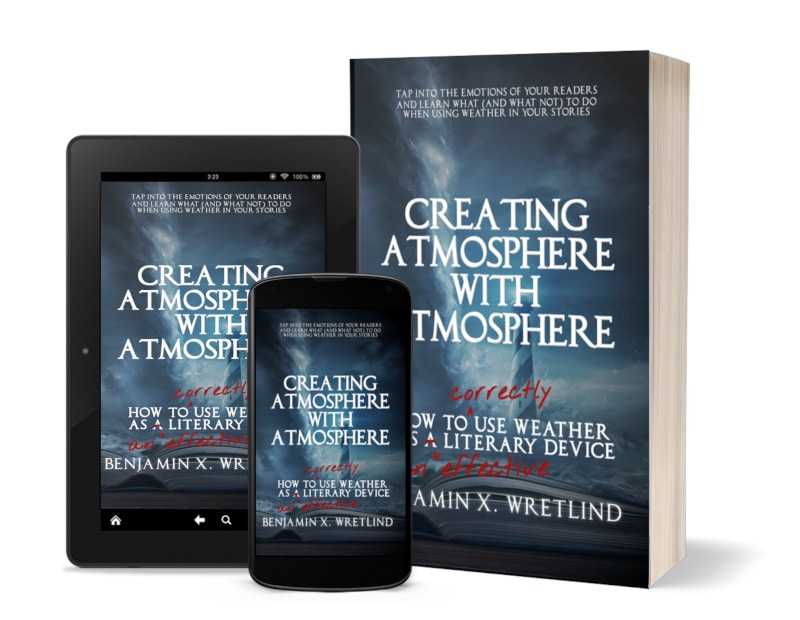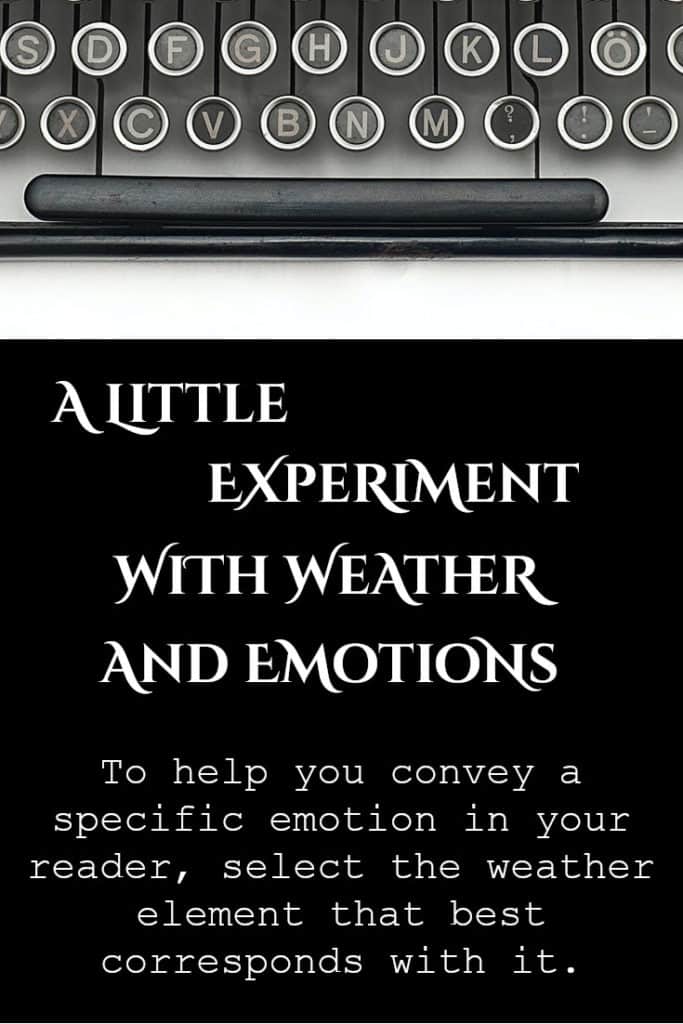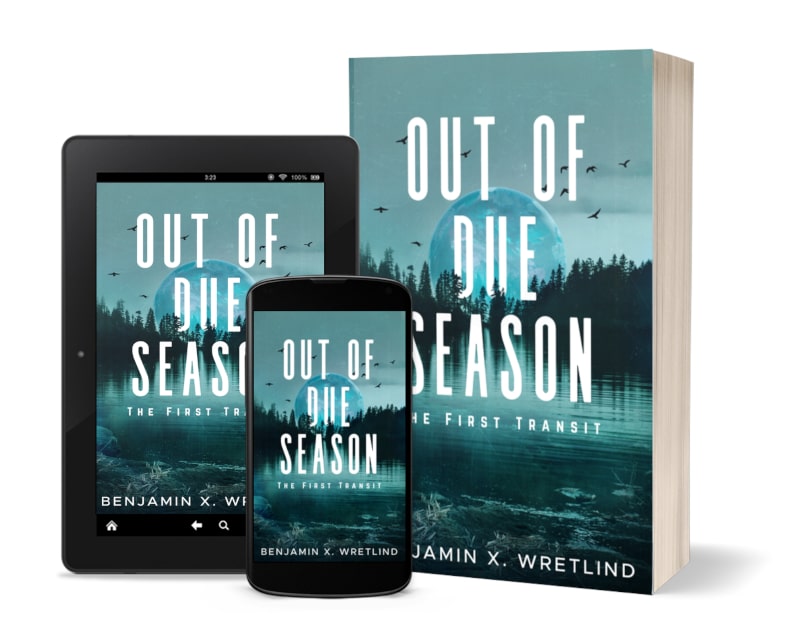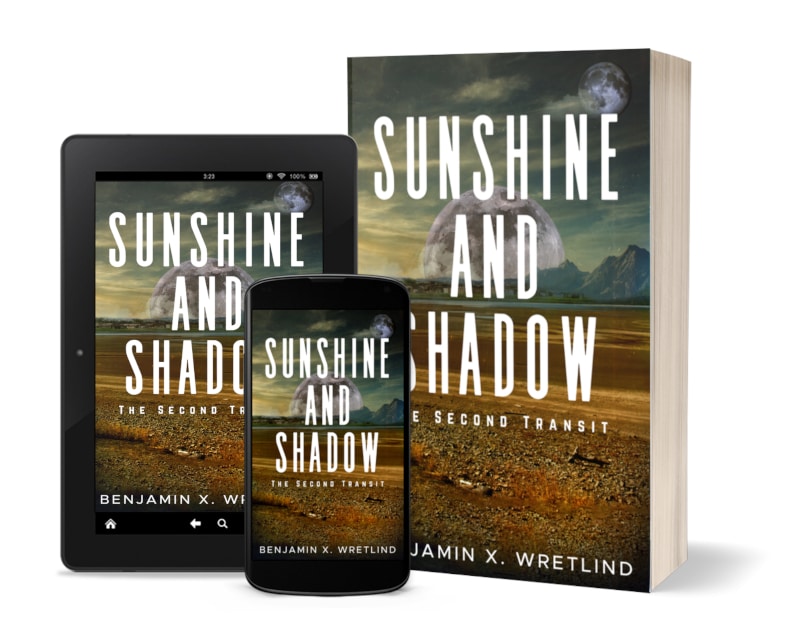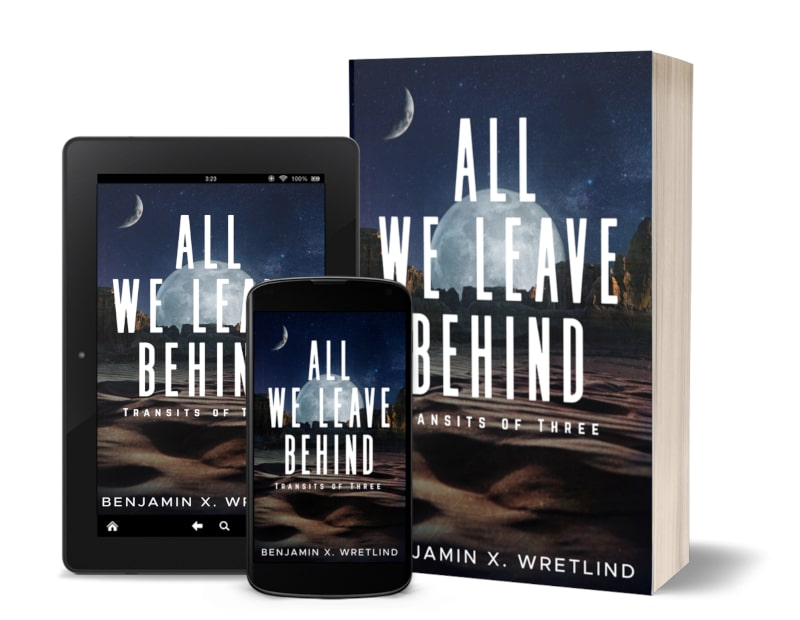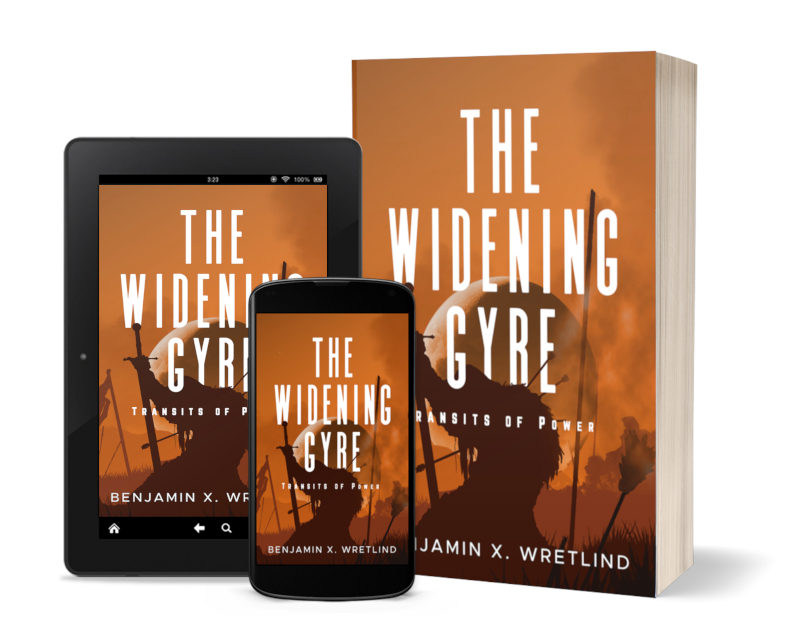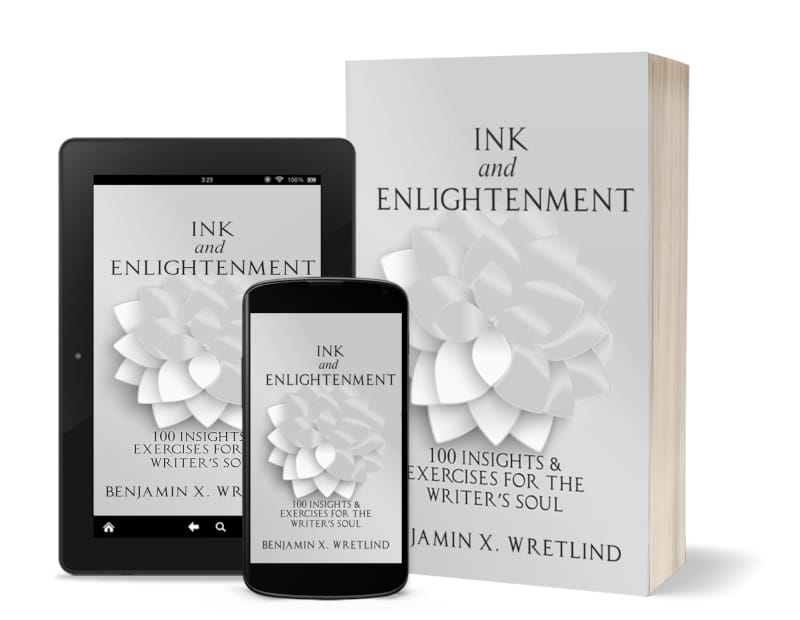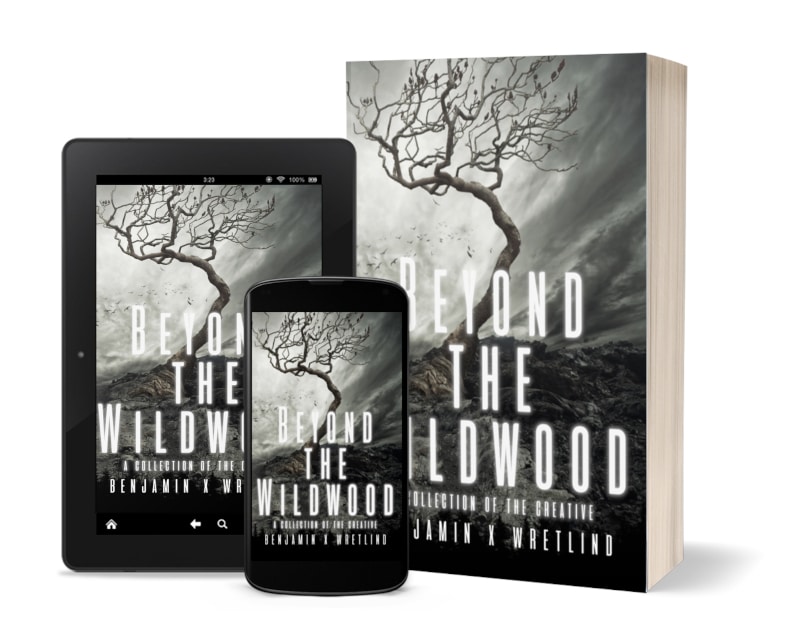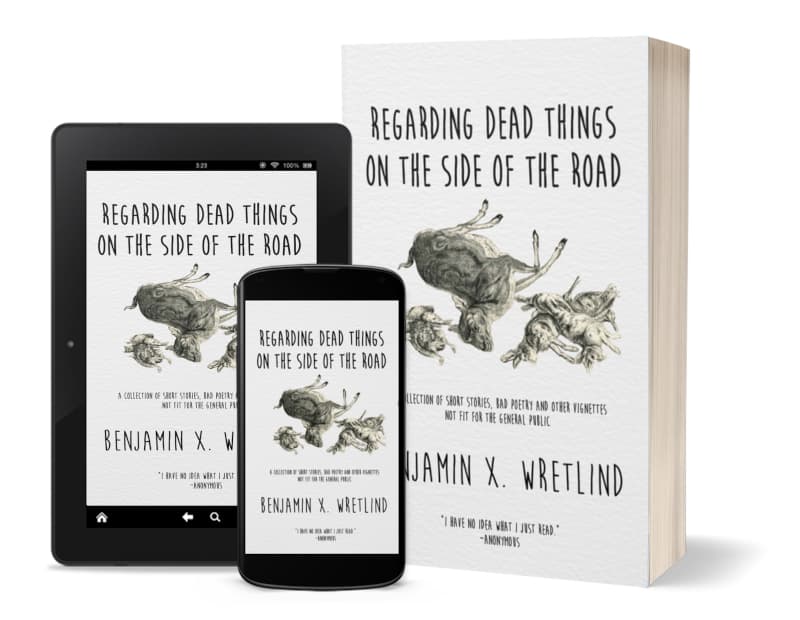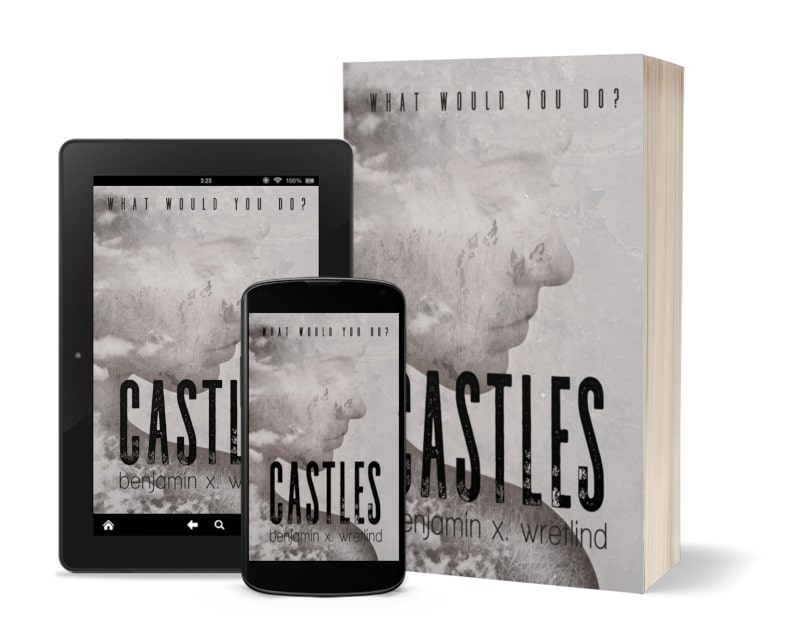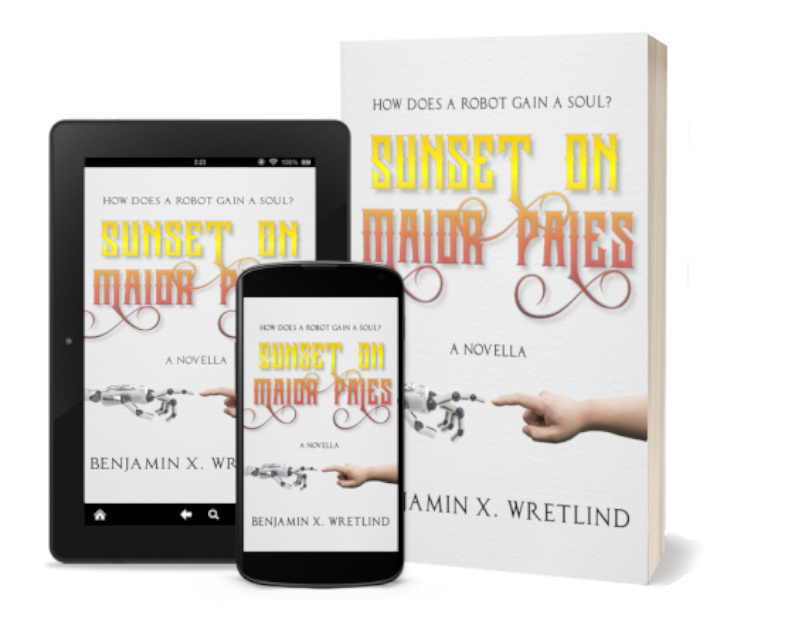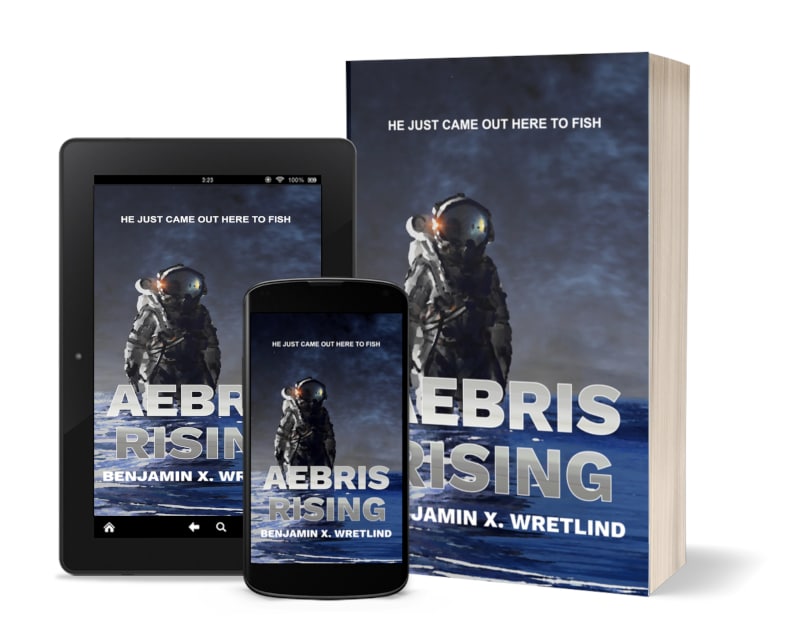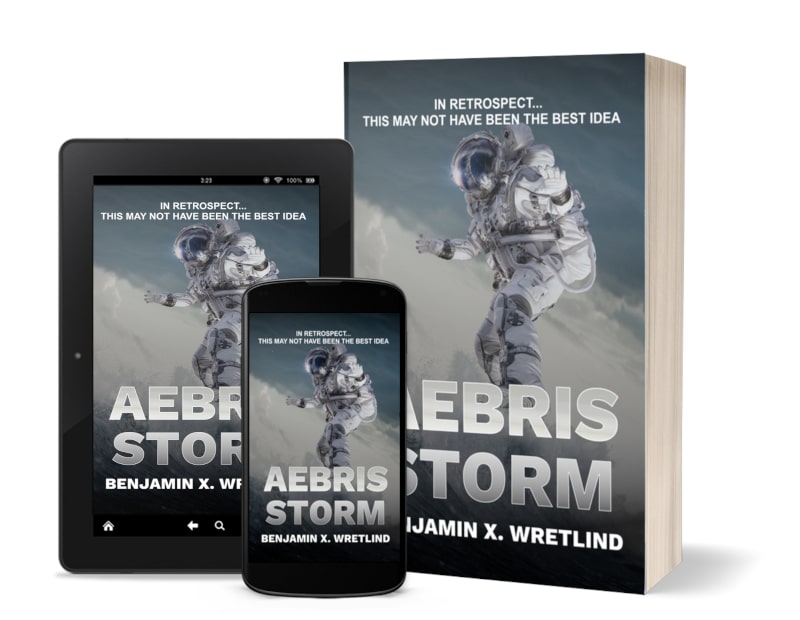A Little Experiment with Weather & Emotions
Earlier this year, I did a little study about weather and emotions. As with all great studies of the current era (that might be sarcasm), my methodology involved going to the one place where people are happy to help and, of course, offer their opinion. I’m talking about social media.
I built a survey with twenty-six pictures of various weather phenomena, from wind to clouds, to storms to heat, rain, etc. From there, I asked the survey participant (the subject) to pick a word that described the emotion they associated with the image. I didn’t use any word, however. I needed to define some parameters first, so I turned to my psychology education to find classifications of emotion that would work for what I wanted to do.
There are a lot, apparently.
I settled on Robert Plutchik’s Wheel of Emotions, which he developed in the 1980s. Plutchik attempted to classify human emotional response and grouped them into eight core or primary emotions which are bipolar in their presentation. These are: surprise versus anticipation; joy versus sadness; trust versus disgust; and anger versus fear.[1]
These primary emotions can be expressed at different intensities along a vector or spectrum, if you will. You can also mix one with another to form different emotions, just like a color wheel. For example, pensiveness and distraction can mix to form disapproval, just like interest and annoyance can mix to form aggressiveness.
There are many different models of emotion out there, and I won’t go into all of them. But Plutchik’s was useful for my little experiment on weather and emotion. Specifically, I wanted to know if there was a correlation to what one might see (or experience) and a core or primary emotion.
My sample size was over 700, and after removing duplicates and bad data, I ended up with nearly 600 useful answers (n=580 for those who really want to know). These were then plotted on top of Plutchik’s Wheel of Emotions.
The results were somewhat expected, or you could say several of my hypotheses were correct.
Here’s a sample question (with the photograph to go with it): What emotion pops up in your mind when you look at the picture below?
The subjects were then presented with a randomized list of thirty-two emotions, again all based on Plutchik’s work.
The choices were:
- ecstasy
- vigilance
- rage
- loathing
- grief
- amazement
- terror
- admiration
- joy
- anticipation
- anger
- disgust
- sadness
- surprise
- fear
- trust
- serenity
- interest
- annoyance
- boredom
- pensiveness
- distraction
- apprehension
- acceptance
- optimism
- aggressiveness
- contempt
- remorse
- disapproval
- awe
- submission
- love
Results
So, what did I learn? Well, as expected, the emotions most associated with happy-ish clouds and snow were along the spectrum of joy. With extreme weather, the emotions fell on the fear spectrum but also showed a leaning towards both the anticipation and rage spectrums.
Heat was interesting. When shown pictures of hot days, respondents typically categorized their emotions either toward fear or more commonly toward sadness. This may have been because the pictures presented could have been interpreted as climate change, but without additional data on that, I can’t be sure.
Rain was all over the place. The only emotion that wasn’t really associated with rain was trust. In fact, no element really leaned toward trust. I guess no one trusts the weather.
Below is a radar graph of the data.
The real result was this: to help you, as a writer, convey a specific emotion in your reader, you can select the weather element that best corresponds with it. Looking for love? Snow and idyllic cloud scenes work great. Looking to ramp up tension? Try heat or an extreme weather event like a tornado, thunderstorm, or hurricane.
Learn more in Creating Atmosphere with Atmosphere: How to Use Weather as a Literary Device
[1] Plutchik, R. (1982). A psychoevolutionary theory of emotions. Social Science Information, 21(4–5), 529–553. https://doi.org/10.1177/053901882021004003
[2] “File:Plutchik-Wheel.Svg – Wikimedia Commons.” Wikimedia Commons, 19 Feb. 2022, https://commons.wikimedia.org/wiki/File:Plutchik-wheel.svg.





